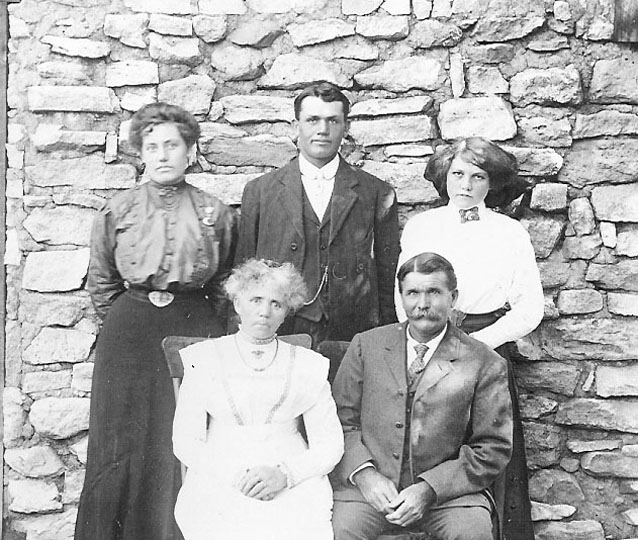In 1957 a journalist from the Saturday Evening Post stayed at the Faraway Ranch for several days, curious about the stories of a blind woman, Lillian, who managed the ranch. In the subsequent article, he wrote admiringly of the “Lady Boss” of Faraway: “Lillian was certainly a unique person. And she ran that ranch, make no mistake about it, and she knew what was going on at all times.”
At the same time that she presented a public face of optimism, Lillian Erickson Riggs, who was blind and almost deaf, confided in her diary: “If only I could take [my horse] and go alone out into the hills where I have not been for years and years—it might make life worth living again.” Lillian had lost both her mother and her husband eight years earlier and struggled to run the Faraway Ranch, a guest ranch and working cattle ranch, by herself.

NPS
Lillian, her sister Hildegard, and her mother, Emma Erickson, all played a vital role in the creation and management of Faraway Ranch. Emma initiated the purchase of the original cabin and property. Hildegard started the guest ranching business, and Lillian oversaw the expansion of the business with her husband, Ed Riggs, and continued to manage the ranch by herself after her husband’s death. Faraway Ranch thus preserves a story important to women’s history, one that complicates traditional narratives of women’s lives in the West. The women of Faraway Ranch were individuals who, although they conformed to socially ascribed gender roles to some degree, also broke free of those roles.
The history of Faraway Ranch also is germane to the history of Chiricahua National Monument. Lillian and Ed Riggs built the first trails into the area that became the national monument and supported the legislative effort to create the monument. As the only lodging for guests in the immediate vicinity, Faraway Ranch had a monopoly on the tourist trade that steadily increased after the monument’s creation in 1924. For many visitors, the ranch figured as an indelible part of their experience at Chiricahua National Monument. Faraway also remained a working cattle ranch until the early 1970s. Many facets of Western history—ranching, tourism, preservation—are part of the Faraway story.
Part of a series of articles titled The Story of Faraway Ranch.
Next: Arizona Homestead
Last updated: March 18, 2016
